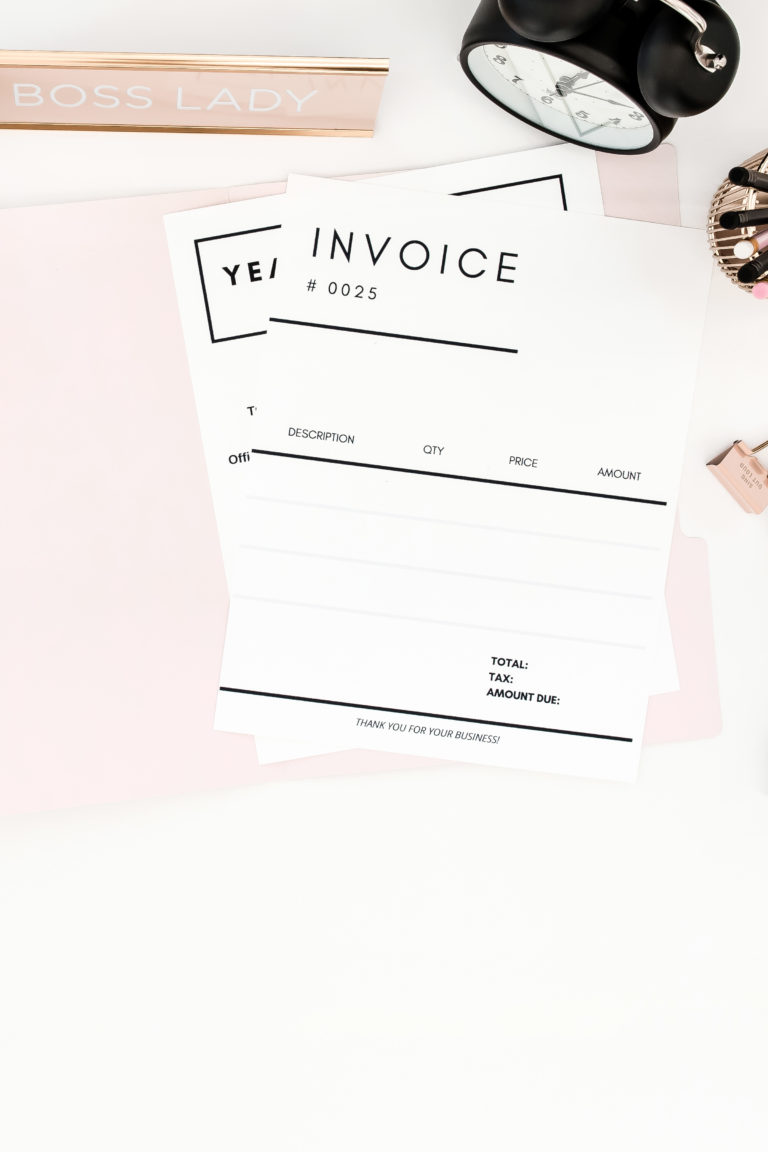Financial Forecasting for Creatives
Financial forecasting might sound like a yawn-worthy, number-crunching task best left to the numbers nerds, but it’s a powerful tool for you too! For creatives, it’s taking an idea or concept and turning it into action. Hear me out, what if I told you, you could start production on your game-changing product tomorrow? That’d feel pretty good, right?
Well, forecasting your finances gives you the confidence to back yourself. By projecting future revenue, expenses, and profits, you can keep your business afloat and plan for growth, innovation, and expansion. And the best part? You can do it in a way which isn’t intimidating and even a bit fun. Seriously! This is how it’s done.

1. Get Clear on Your Goals
Before diving into the numbers, take a moment to connect with your creative vision. What do you want to achieve in the next 12 months, 3, 5 or more years? Maybe you want to launch a new product line, open a physical store, or expand your client base. Get clear on your goals because they’ll form the foundation for your financial forecast.
Actionable Tip: Write down your top three business goals and assign a timeline to each.
2. Break Down Your Revenue Streams
Once you’ve identified your goals, it’s time to project your revenue. Start by listing all the ways your business currently makes money, whether it’s selling products, offering services, or earning passive income through digital downloads. For each revenue stream, estimate how much you expect to make in the coming months and years.
Actionable Tip: Use a simple spreadsheet to note your revenue streams. If you’re new to forecasting, consider using past performance as a baseline, then adjust based on your goals and current conditions.

3. Estimate Your Expenses
Next, consider the cost of running your business. You can pull a profit and loss report on Xero to get a grasp on your current expenses. Plan how you will support your new goals and if this is likely to incur additional costs. If so, add this to your forecast.
Actionable Tip: Categorise your expenses into fixed, variable, and one-time costs. This will help you identify areas where you can save money or where you might need to invest more.

4. Project Your Profits
Now you’ve outlined your revenue and expenses, it’s time to calculate your profits. Subtract your total expenses from your total revenue to see what’s left over. If your profit margins are lower than you’d like, don’t panic. This is why financial forecasting is so helpful! You can play around with different scenarios—like increasing prices, cutting costs, or running a promotion—to see how they impact your bottom line.
Actionable Tip: Create a few different financial scenarios (e.g. best-case, worst-case, and most likely) to see how changes in revenue and expenses could affect your profits.
5. Review and Adjust Regularly
Financial forecasting isn’t a one-and-done task. Your business will grow and change, so you’ll need flexible finances to support you. Regularly reviewing and adjusting your financial projections will help keep you focused on your goals and make the right decisions as you go.
Actionable Tip: Schedule a quarterly check-in with yourself to review your financial forecasts and make any necessary changes. This will keep you proactive and prepared for whatever comes your way.

Financial forecasting may seem daunting, but it’s essential for turning your creative dreams into a reality. By breaking down the process into manageable steps and regularly reviewing your progress, you can take control of your business’s financial future. Remember, once you’ve figured out the numbers, anything is possible!
You might also like How To Make Numbers Fun






